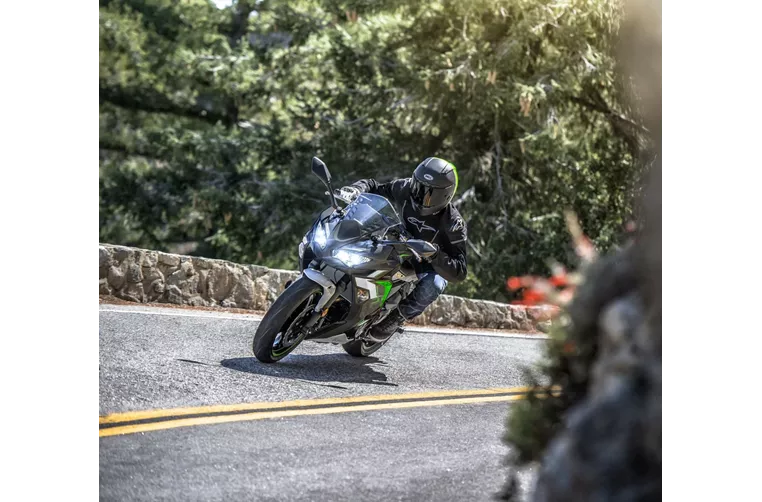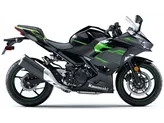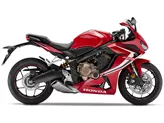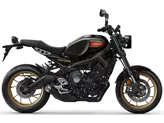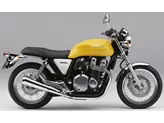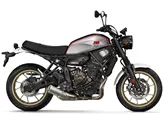Kawasaki Ninja 650 2022 vs. Yamaha XSR900 2016
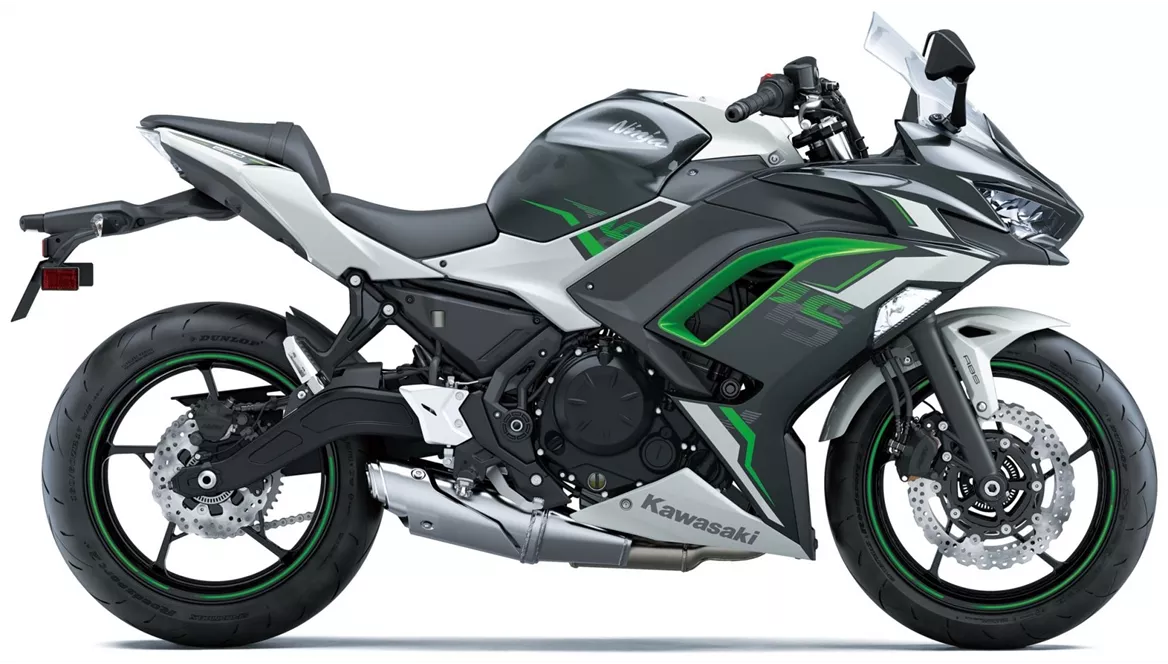
Kawasaki Ninja 650 2022

Yamaha XSR900 2016
Technical Specifications Kawasaki Ninja 650 2022 compared to Yamaha XSR900 2016
Pros and Cons in comparison
Pros and Cons in comparison
Kawasaki Ninja 650 2022
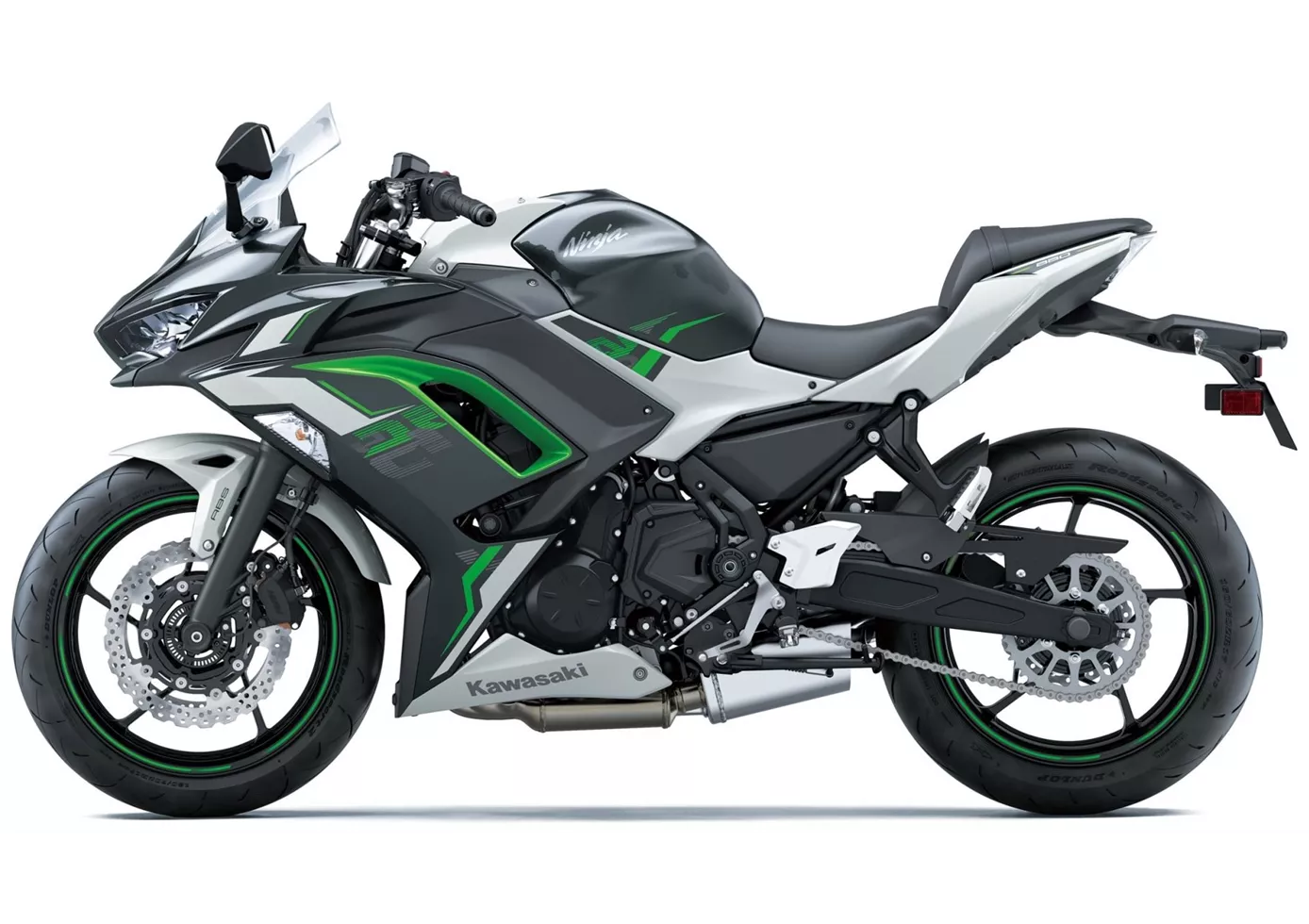
Save the sport tourer! With the Ninja 650, Kawasaki has created an exemplary representative of this class and (hopefully) solved the problem of the new generation. The stable chassis and the decent two-cylinder will delight beginners and advanced riders alike, even at a brisker pace. The front brake is a little too well intentioned, lacking a transparent pressure point despite basically good braking performance. Another plus is the TFT display, which we don't find in the competition at the moment, as well as the grown-up look, which is strongly oriented towards the larger Ninja models.
Yamaha XSR900 2016

The XSR900 combines the performance of a sporty streetfighter with the look of a pleasing, cleanly finished retro naked bike. In doing so, the Japanese make use of their own history, which can be found bundled and without gaps in the archive of the design agency that has been working for Yamaha for 60 years. It adopts the virtues of the MT-09 and has mended some of its weaknesses. It rides more harmoniously, more controlled and, if desired, more relaxed. Only the comfort, and thus the rider, suffers from the tight chassis on bad roads. You have to be a little bit sensitive when it comes to a neo-classic.
